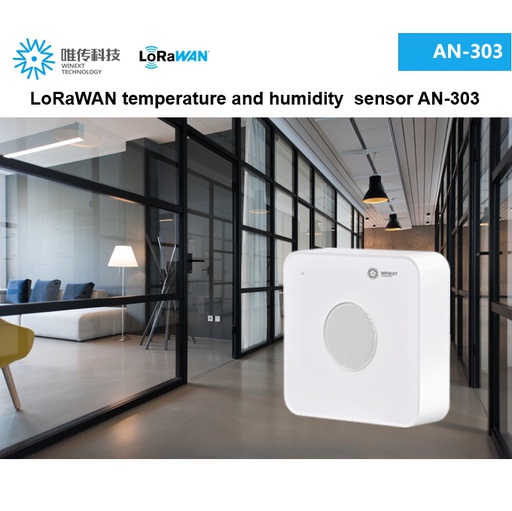For the elderly, maintaining the right temperature indoors is not just about comfort. It’s also a matter of health. Keeping their homes warmer in winter or cooler in summer keeps them in good health. Changes in temperature can cause serious health issues for older people. In this article, we will learn about the ideal home temperature for elderly and what temperature is too hot for them.
What is the Safe Home Temperature Range for Seniors?
Many experts recommend 68-70 degrees Fahrenheit on the thermostat during winter. A heating company recommends 68-74 degrees Fahrenheit indoor temperature, which is the safe home temperature range. But what is a safe range?
Safe range means a set variation where there’s minimal risk. If the room temperature is below 68 degrees Fahrenheit or above 74 degrees Fahrenheit, their health is at risk because the temperatures will be outside the safe range.
What Temperature is Dangerous for the Elderly?
According to the World Health Organization’s 2018 guidelines, a minimum of 64 degrees Fahrenheit (18 degrees Celsius) is a safe indoor temperature for general populations in cold months. For the vulnerable groups, such as the elderly, children, and people suffering from chronic illness or cardiorespiratory disease, WHO recommends 68 degrees Fahrenheit (20 degrees Celsius) indoor temperature. Anything below 68 degrees Fahrenheit is dangerous.
Dangers of Cold Rooms for Elders
Older adults lose body heat faster than younger ones. Exposure to cold can result in health concerns and may take time before an older adult takes note of what’s happening.
It only takes about 45 minutes for chilly room temperature to weaken all major muscle groups in older people, including the quadriceps, which help with standing and walking. According to Griswold Home Care, people have different vulnerabilities.
Those with poor health are at higher risk, and if exposed to low temperatures for almost an hour, they risk losing their strength, independence, safety, and even worse, they risk falling.
Dangers presented by cold rooms
- Hypothermia: Hypothermia occurs when your body temperature drops to a dangerous level. Older adults are at an increased risk of hypothermia due to changes that happen to your body with aging.
- Frostbite: extreme cold can cause frostbite. In severe cases, frostbite can result in loss of limbs. People with heart disease and other circulation problems are at a higher risk.
- Falling risks: Seniors who live in climates that receive snow and ice during the winter are at an increased likelihood of falling.
- Heart troubles: Seniors who are thin are especially at risk of cold-related cardiovascular issues because they do not have as much fat to provide warmth and keep blood flowing.
Why Staying Warm Is So Important for the Elderly
There are many reasons why older adults should keep warm. Lower temperatures can have an adverse impact on their wellbeing. According to the National Library of Medicine National Institute of Health, the mortality rate during the cold months is higher than that of warm months. Though it affects all ages, the elderly contribute to the majority of the cases.
The facts are clear; if an older person stays warm, their health improves drastically. There are a lot of health benefits to keeping warm. Here are the reasons why staying warm is essential for the elderly.
1. Improves Memory
Research shows that mental performance and overall alertness are at their age when the body temperature is right. Staying warm in a warm room or dressing warmly keeps one alert and improves the memory.
You can surely keep the body warm even when the temperature outside is chilly, but don’t make your granny wear seven layers of clothing when you can turn on the thermostat.
2. Better for their Heart and Lungs
Cold air makes it hard to breathe. It makes their body tremble, besides causing their lungs to experience a burning-like sensation.
Slower breathing means less oxygen into a system, which impacts how your heart works. When an older adult stays warmer, their hearts and lungs remain healthier.
3. Improves the Immune System
Cold temperatures reduce the body’s immune response. When they stay warm, it keeps their immune response at the right level and prevents it from dropping.
A lowered immune system leaves their body more vulnerable to sickness, which could be dangerous.
4. Keeps Them Comfortable
According to studies the mortality rate is significantly higher in cold climates or cold weather. People with suitable housing or access to heat are least affected
For those struggling with staying warm, the winter and cold weather put their lives at risk. Older adults should live in warm houses.
Dealing with cold is too uncomfortable. If the room temperatures aren’t warm, their hands and feet may feel cold. Your loved ones may find it hard to focus and remain productive due to freezing.
Seniors deserve a house with comfortable room temperature. Their discomfort may turn to pain if the exposure to cold temperature are prolonged. Staying warm keeps them comfortable.
Tips for Maintaining Safe Indoor Temperature for Seniors
Indoor temperature is essential. A proper room temperature allows your body to maintain a healthy body temperature. So, what do studies by the American Medical Association indicate? Primarily, 98.6 degrees Fahrenheit is considered the best body temperature for elderly, but anything between 98.2 and 99.9 degrees Fahrenheit is just okay.
A body temperature below 98.2 is considered abnormal. Any temperature below 95 degrees Fahrenheit is a concern. It indicates that the body is at risk of hypothermia. Keeping the indoor temperature safe helps maintain healthy body temperature. Here’s how to maintain safe indoor temperature for seniors.





